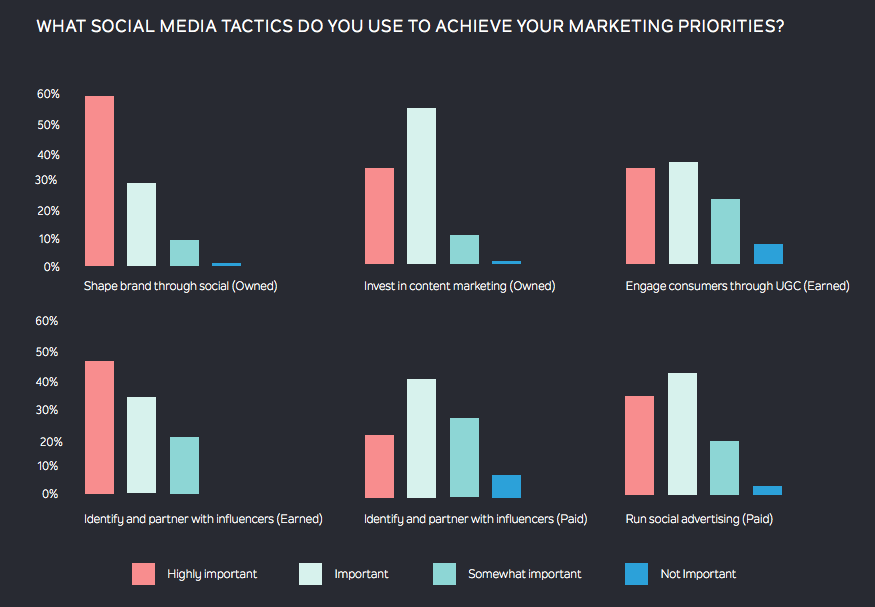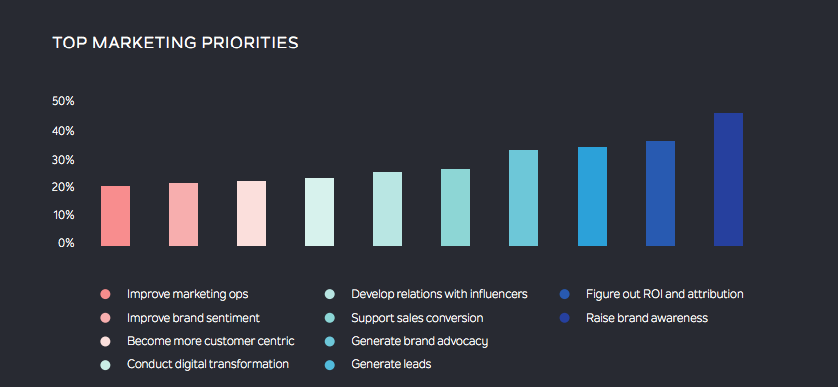Despite increasing budgets, influencer marketers lack advanced tactics
Marketers experimenting with influencer marketing are finding it difficult to move beyond the experimental stage, according to a new report by Traackr, the influencer relationship management platform.
Although more companies have pushed their influencer marketing toward tactical programmes in 2018 (47%, up from 28% in 2017), there’s still a clear lack of more advanced programmes.
“This ‘tactical trap’ occurs when organisations are unable to evolve their early influencer marketing initiatives from a broadcasting function to a strategic program that adds value beyond the top of the funnel,” explained Pierre-Loïc Assayag, CEO and co-founder of Traackr.
“For companies to succeed in influencer marketing, they must lead with measurement and move towards consistent influencer campaigns integrated across their marketing activities and functions within the organisation. Influence 2.0 is a one-to-one-to-many approach with the potential to engage throughout the entire customer journey.”
The latest study also noted that budgets were increasing, but still represented a small proportion of total ad dollars. Indeed, influencer marketing budgets only make up 10% of marketing among 60% of respondents.
Arguably, given the growing phenomenon of influencer follower fraud, more marketers have shifted focus to developing partnerships with influencers in an earned capacity (81%) rather than paid partnerships (61%).
A third of respondents were also more likely to use influencer technology platforms in 2018. Influencer identification tech has doubled, whilst opt-in network usage dropped 20%.

“The disparity between experimentation and maturity in influencer marketing at global enterprises is still vast, but our research demonstrates the desire and intent for Influence 2.0 to take root in organisations,” said Solis. “By connecting the dots between influencer and customer value and business impact, marketers can lay the foundation for influencer strategies that go beyond traditional top-of-funnel campaigns and engage customers cross-functionally throughout their journey.”
One of the core challenges businesses stuck in the tactical stage is that they lack the resources to move on to a more advanced platform.


